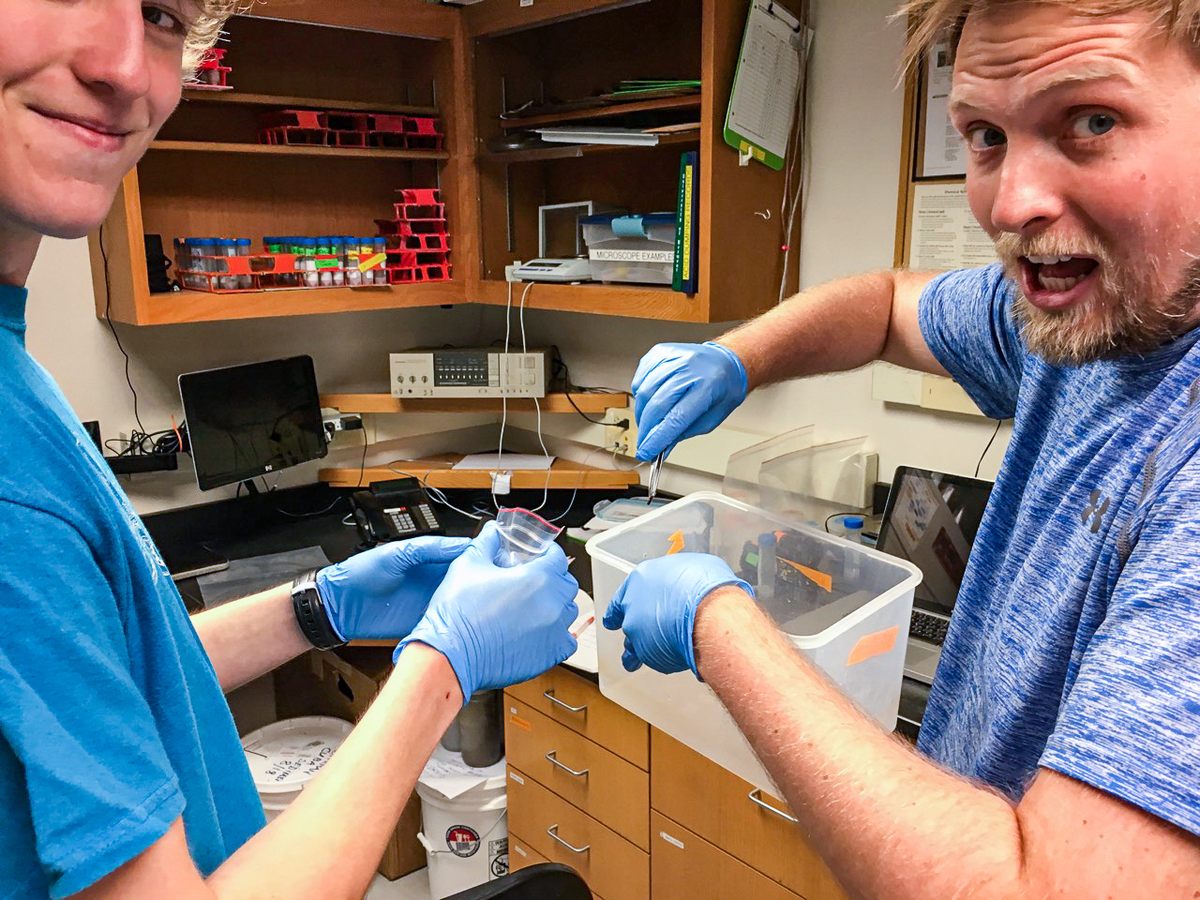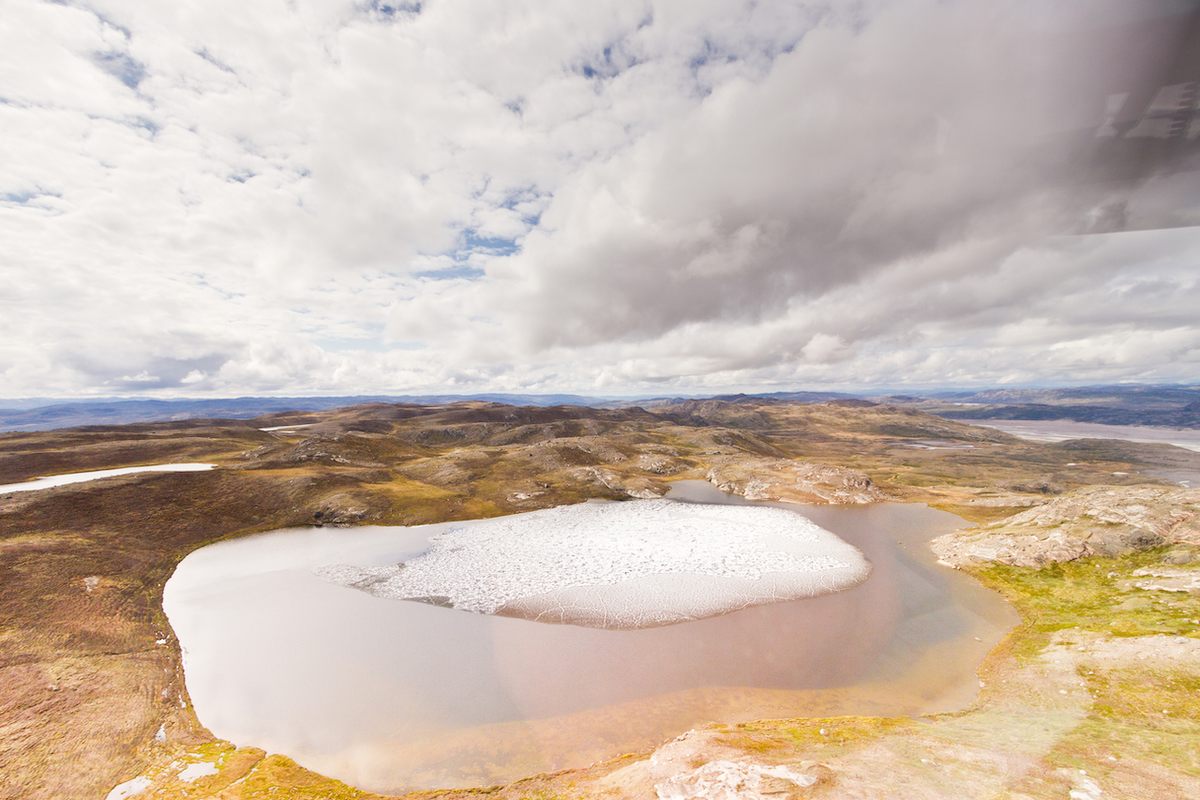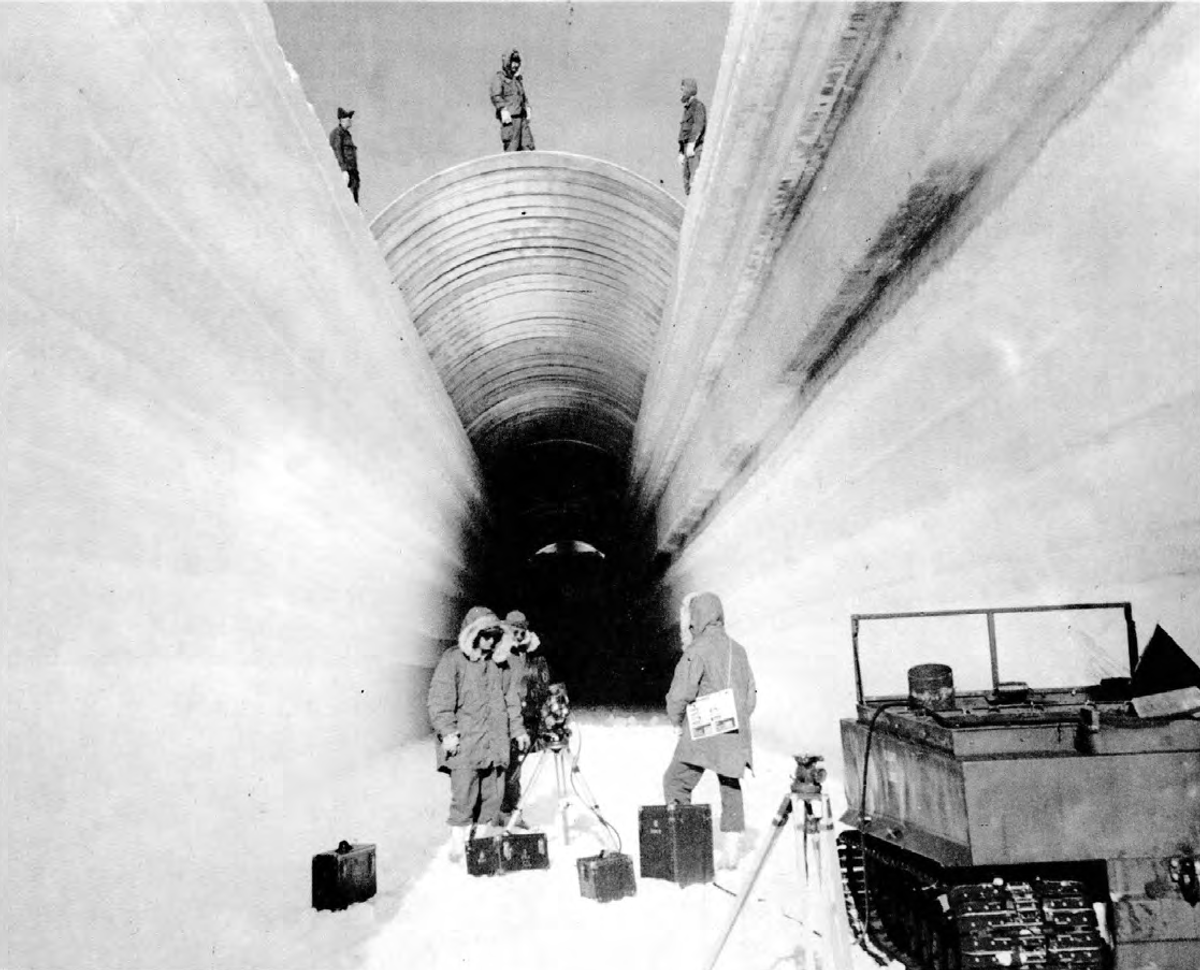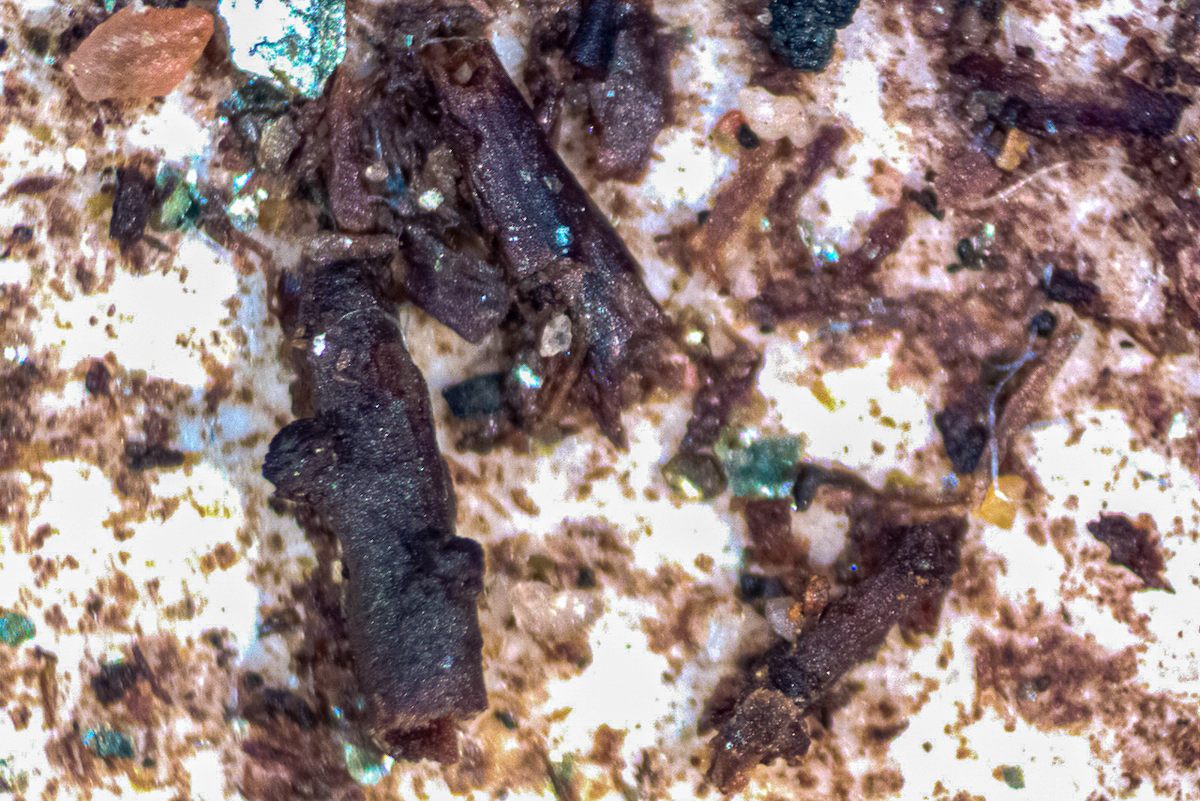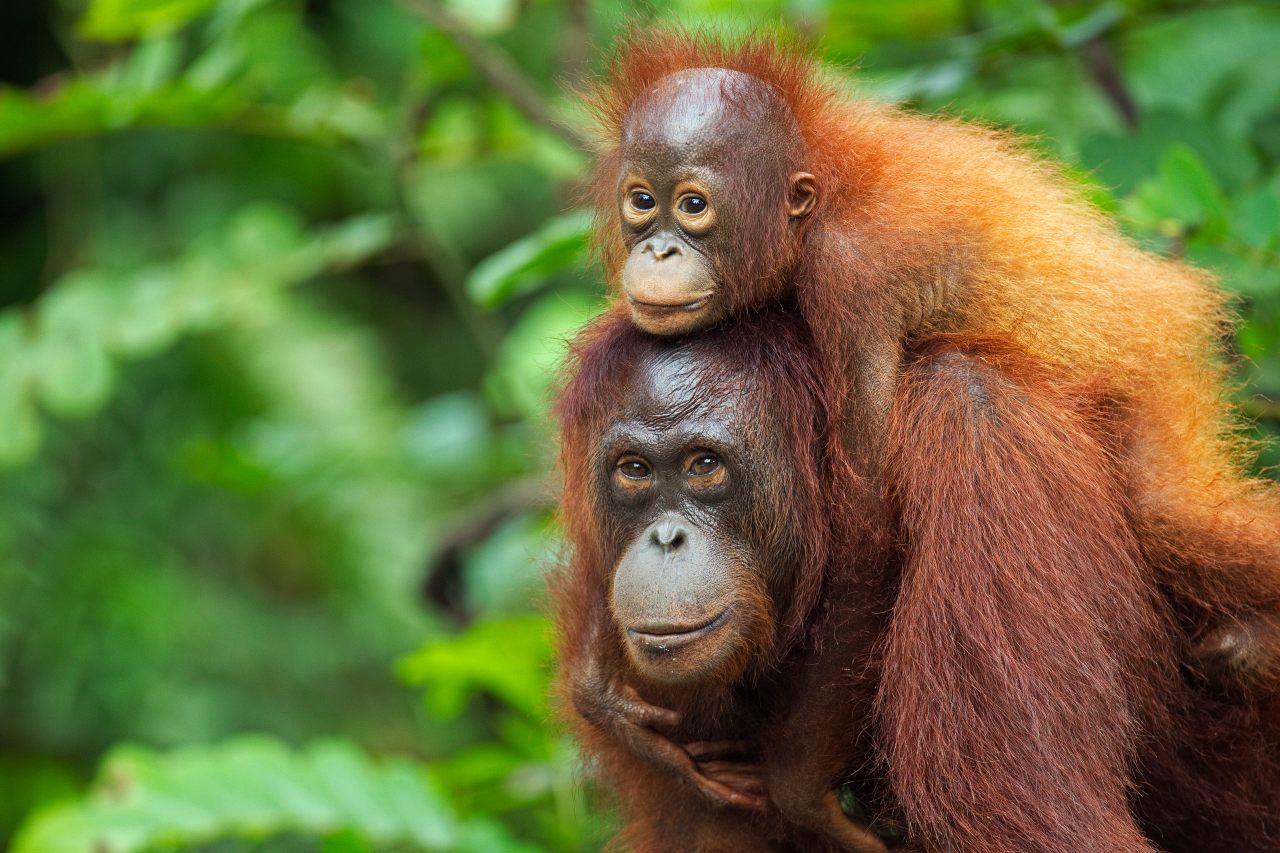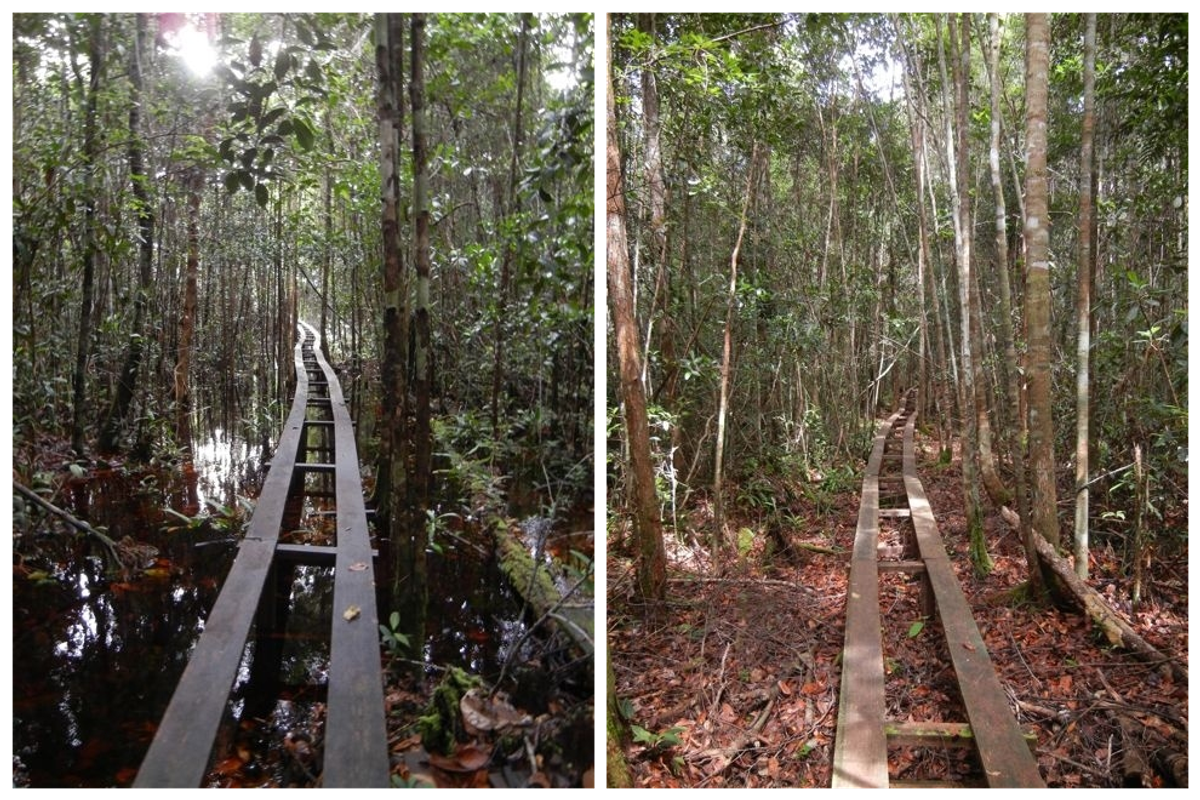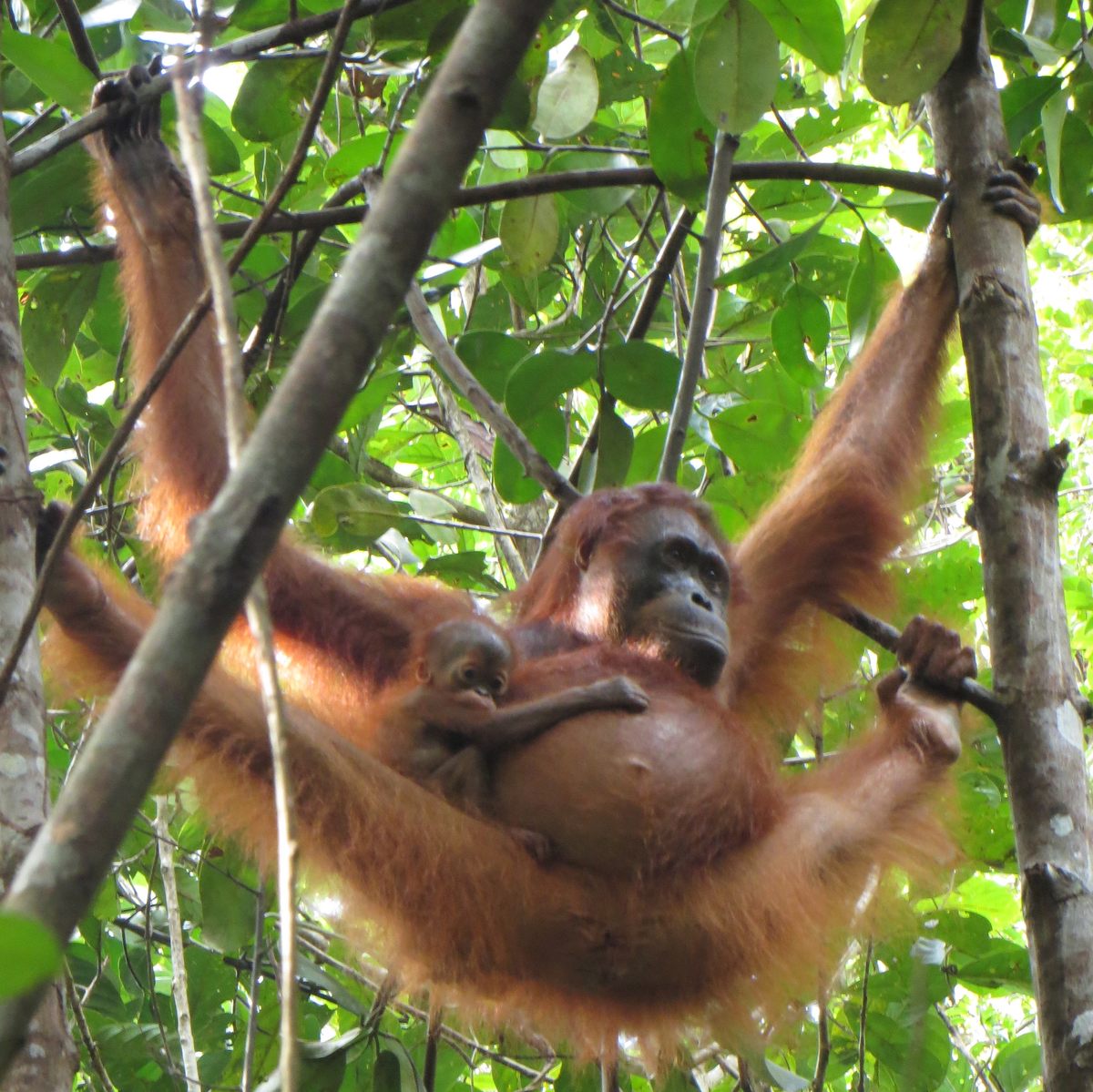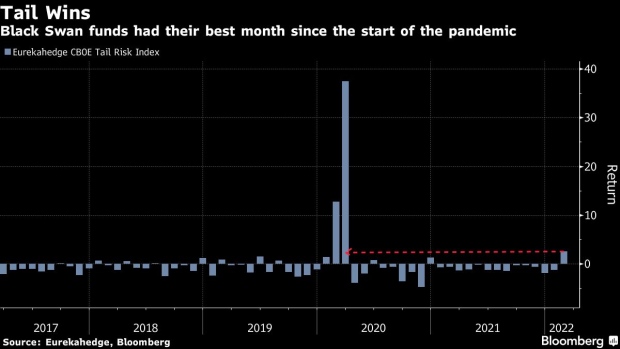ARYAN CHAUVINISM AND CASTISM
Textbook extolling ‘advantages’ of dowry
system which helps ‘ugly looking girls’
stirs up anger in India
A sociology textbook has sparked outrage in India for extolling the alleged advantages of the dowry system and promoting the illegal practice.
The book, Textbook for Sociology for Nurses , by TK Indrani is part of the curriculum for second year bachelor of science students.
According to the book, “ugly looking girls can be married off with attractive dowry with well or ugly looking boys” and the practice of dowry “is helpful in establishing new households” as furniture and appliances such as refrigerators and vehicles are given to grooms.
“Because of burden of dowry, many parents have started educating their girls. When the girls are educated or even employed, the demand for dowry will be less. Thus it is an indirect advantage,” the author added.
Dowry , a payment at marriage from parents to daughters, is an ancient tradition thought to date back to at least 200BC.
It is said to have been widely prevalent in many parts of the world, including western Europe. The practice has virtually disappeared in most of the world, but persists in contemporary India and some other Asian countries such as Pakistan, Sri Lanka and Bangladesh.
In India, dowries have been prohibited since 1961 and criminalised since the 1980s. Yet, in some parts of the country, during a wedding, the woman’s family gives the groom’s family dowry in the form of cash, clothes, jewellery, vehicles or household commodities.
The centuries-old tradition leaves women vulnerable to domestic violence and even death. There are about 7,000 recorded dowry deaths every year in India. In 2020 alone, India’s national crime records bureau listed 6,966 cases of dowry deaths – nearly 19 women died every day that year.
A page from Textbook for Sociology for Nurses has been widely shared of social media, prompting censure and calls for the scrapping of such regressive texts.
Member of Parliament Priyanka Chaturvedi on Monday wrote to India’s education minister Dharmendra Pradhan, seeking an immediate stop to the circulation of the book that has listed the “merits and advantages” of the dowry system .
“It is appalling how such derogatory and problematic texts remain in circulation. That a textbook elaborating the merits of dowry can actually exist in our curriculum is a shame for the nation and its Constitution,” she said in the letter.
“It is extremely unfortunate we have such outdated ideas prevailing despite dowry being a criminal act. It is more concerning that students are being exposed to such regressive content and no action has been taken so far,” Ms Chaturved said in her letter.
She later added that the education minister has promised to ensure the book is removed from the curriculum and action is taken against the publishers.
Many others also called out academic bodies for allowing the circulation of such a book.
“Shocking is an understatement!! A sociology textbook 4 [for] nurses hails dowry as boon to society. I wonder if there [is] any official scrutiny, qty [quality] checks or academic committee under the state or central Edu [education] Ministry which whets such material B4 [before] it [is] cleared 4 [for] academic purposes,” Sangita Reddy, the joint managing director of Apollo Hospitals, said.
Following the outrage, the Indian Nursing Council, the national regulatory body for nurses, distanced itself from the book.
“Indian Nursing Council as a policy does not endorse any author or publication nor has allowed any author to use the name of Indian Nursing Council for their publications,” the statement read.
It added that it “strongly condemns any derogatory content which is against the prevailing law of the land.”

:quality(70)/cloudfront-eu-central-1.images.arcpublishing.com/thenational/AM5PGOTYZN7NV5N3MXSAZZXOGM.jpg)
:quality(70)/cloudfront-eu-central-1.images.arcpublishing.com/thenational/HRRRUWMUJPDOM7XA7JIP3UDCDY.jpg)
:quality(70)/cloudfront-eu-central-1.images.arcpublishing.com/thenational/WQHA5U2IDI23WCHBO3XELEMZOM.jpg)
:quality(70)/cloudfront-eu-central-1.images.arcpublishing.com/thenational/6JY6UNJDJYCVK2SDNSXRYT4TMA.jpg)
:quality(70)/cloudfront-eu-central-1.images.arcpublishing.com/thenational/GSAJM6ZUVACFETBWG67DB37QMA.jpg)
:quality(70)/cloudfront-eu-central-1.images.arcpublishing.com/thenational/U43WL3WTEVRAEPHW2RIRFXMZHE.jpg)
:quality(70)/cloudfront-eu-central-1.images.arcpublishing.com/thenational/JLT35FLQ2QJEX2YCLES6SA3III.jpg)
:quality(70)/cloudfront-eu-central-1.images.arcpublishing.com/thenational/QOJP7OBB6UR3JTWBHDWOFASRIE.jpg)
:quality(70)/cloudfront-eu-central-1.images.arcpublishing.com/thenational/7M3DS5YXYOFBME5CDIROFHDL2Q.jpg)
:quality(70)/cloudfront-eu-central-1.images.arcpublishing.com/thenational/VJFY52NHDTMZBKPUKCU5TA63GU.jpg)
:quality(70)/cloudfront-eu-central-1.images.arcpublishing.com/thenational/OBR7RT5KWFOG2WN5EUBOAFJGME.jpg)
:quality(70)/cloudfront-eu-central-1.images.arcpublishing.com/thenational/DAOS23KY3VXPRYDQ343LYLYPHQ.jpg)
:quality(70)/cloudfront-eu-central-1.images.arcpublishing.com/thenational/KE4OIPLJDPSXNHDCUX6YOZG5WA.jpg)


